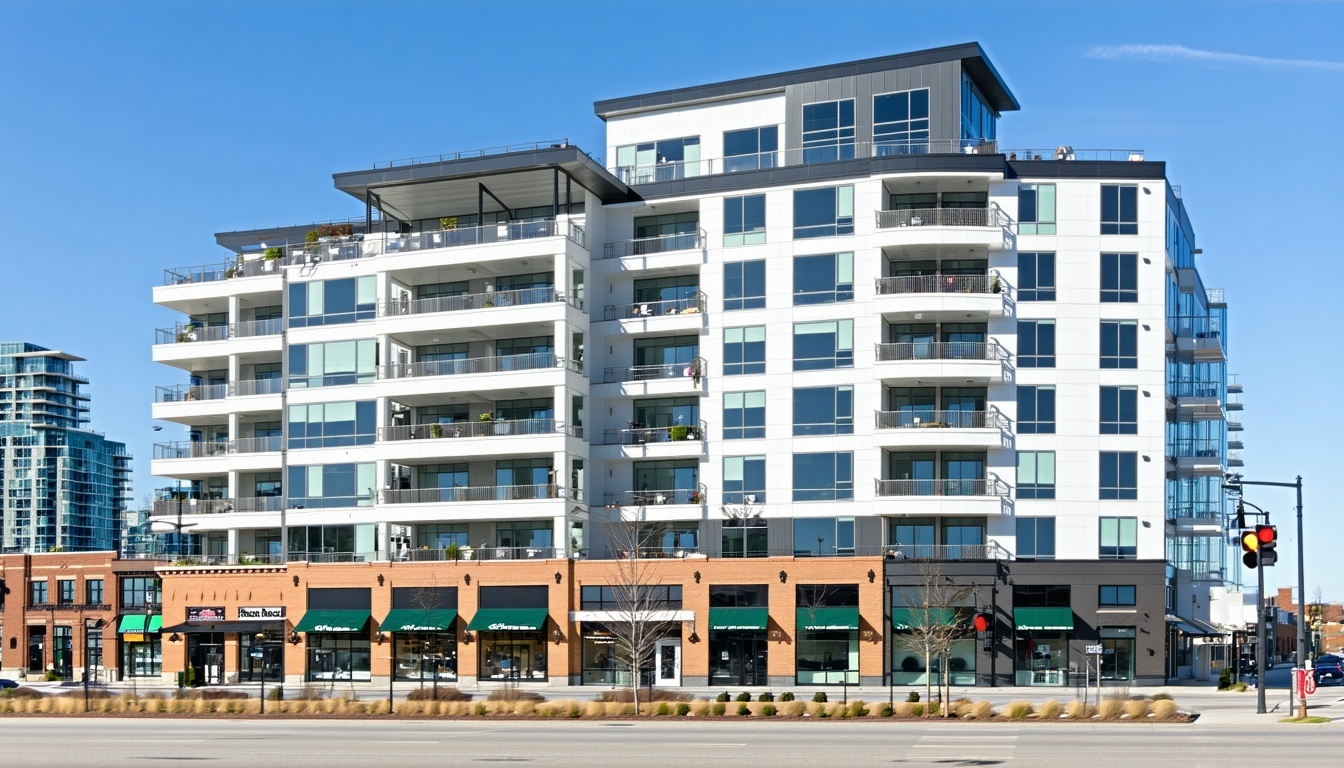
Why Location Is Everything in Commercial Real Estate
When it comes to investing in commercial real estate—whether it’s multifamily, retail, industrial, or mixed-use—one factor consistently stands out above the rest: location. The physical address of a property can make the difference between steady long-term cash flow and a high-risk investment.
What Does “Location” Really Mean?
In real estate, location goes far beyond just the street name. It’s about how the property interacts with its surroundings:
-
Demographics – Who lives, works, or shops nearby?
-
Accessibility – Is the property easy to reach by car, public transit, or foot traffic?
-
Economic Drivers – Are there major employers, universities, or business hubs in the area?
-
Future Growth – Is the neighborhood improving, stagnating, or declining?
Location’s Impact on Different Asset Classes
-
Multifamily: Renters want to be near jobs, schools, and transit. Properties in high-demand areas can maintain strong occupancy even during downturns.
-
Retail: Visibility and foot traffic are critical. A well-located retail property can command premium rents.
-
Industrial: Proximity to highways, ports, and distribution hubs matters more than walkability. Logistics-friendly locations reduce tenant turnover.
-
Office: Accessibility and nearby amenities play a big role in attracting companies and their employees.
How Investors Use Location to Drive Value
Smart investors don’t just buy based on the property itself—they buy into the neighborhood story. For example:
-
Purchasing in an emerging area before prices surge.
-
Choosing a location with zoning flexibility to allow mixed-use potential.
-
Targeting regions where infrastructure projects (new highways, metro lines) will boost accessibility.
Final Thoughts
In commercial real estate, you can renovate a building, upgrade its systems, and improve management—but you can’t move it. That’s why location remains the single most important factor driving property performance, stability, and long-term appreciation.

